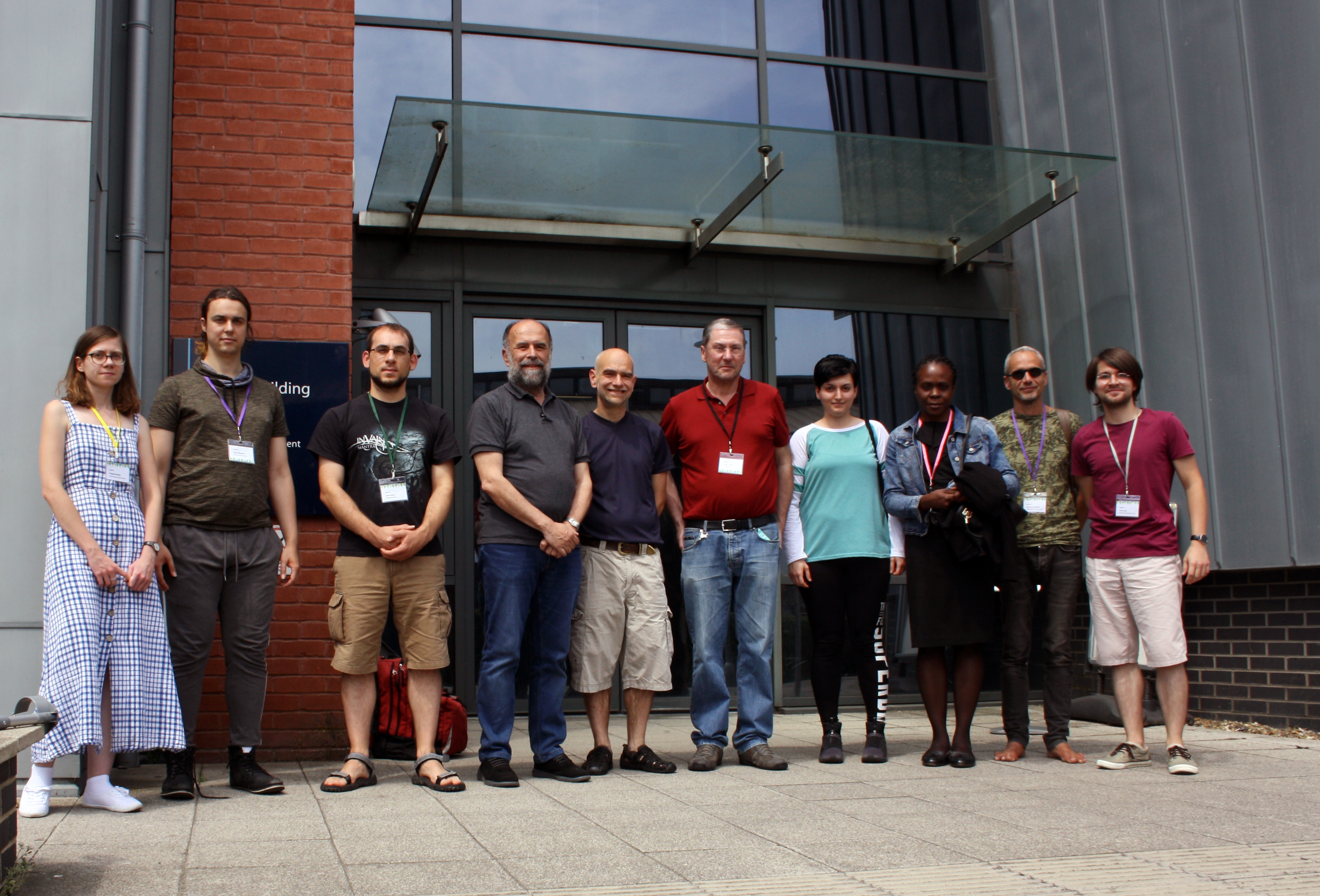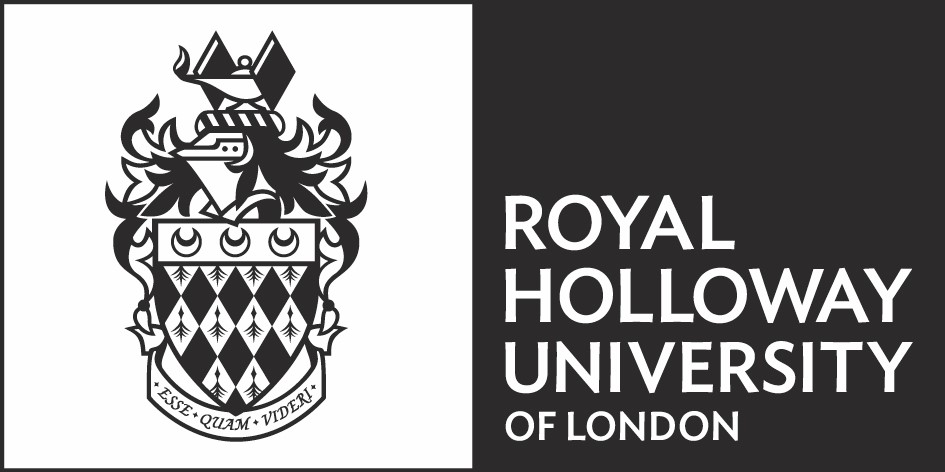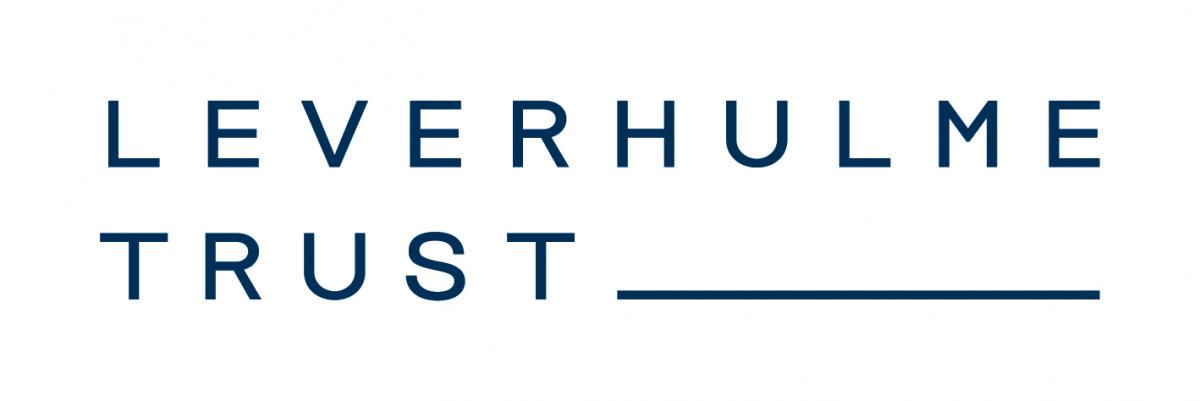LEVERHULME SCHOOL ON GRAPH TRANSFORMATION TECHNIQUES
Royal Holloway, University of London
Department of Computer Science
about

Graphical structures appear in various guises throughout computer science – and in many other related fields – as the preferred way of capturing information about systems by means of different kinds of objects and connections between them. In this context, graph transformation/rewriting has emerged as a general technique for dealing with change, or system evolution, through discrete sequences of graph reconfigurations, each of which is performed according to given transformation rules. This gives the graph-transformation paradigm a very wide range of applicability, from formal language theory and compiler construction to database design, and modelling concurrent and distributed systems, among many others.
The Leverhulme School on Graph Transformation Techniques aims to provide an environment where both graduate students in computer science and established research scientists can become familiar with the theory and applications of graph transformation. To that end, the school features a self-contained crash course on category theory given by Ionuț Țuțu (Royal Holloway University of London, UK) – based primarily on very basic knowledge of set theory – and a series of invited lectures on graph transformation to be given by experts in the area, as follows:
- Reiko Heckel (University of Leicester, UK) on the use of graph-transformation in model-driven development
- Fernando Orejas (Technical University of Catalonia, Spain) on fundamental results on graph transformation, application conditions, and triple graph grammars
- Detlef Plump (University of York, UK) on the implementation of the graph-programming language GP 2
See the abstracts in the programme section below.
programme
Friday, 29th June
- 10:00–11:30
-
Ionuț ȚuțuIn this preliminary lecture, we give a brief but rather comprehensive overview of the basic categorical concepts and results used in the algebraic approach to graph transformation. The lecture is meant to be self contained, generally relying only on basic knowledge of set and graph theory. We discuss concepts such as category and functor, and we look at the way universal categorical constructions appear in various forms in concrete examples of categories. References
- tea/coffee break
- 12:00–13:30
-
Ionuț ȚuțuThis lecture is about adhesive categories – an essential development in the study of graph transformation that has enabled the simplification and unification of various notions of graphical structures considered in the area; examples include plain directed graphs, typed graphs, hypergraphs, and many others. We present the general concept, discuss concrete examples, and revisit a few important properties that hold in any adhesive category. References
- lunch break
- 15:00–16:30
-
Fernando OrejasIn this lecture, we will present the main ideas in AGT, both at a concrete level, for different classes of graphs like directed graphs, typed graphs and attributed graphs, and at the abstract level, for transforming objects in adhesive categories. Slides
Saturday, 30th June
- 9:00–10:30
-
Fernando OrejasIn this lecture we will present some of the main theorems in the theory of AGT. We will start with the Extension and Embedding Theorems. Then, we will introduce the notions of sequential and parallel independence, together with the Local Church-Rosser and Parallelism Theorems. Finally, we will study the detection of conflicts in AGT, presenting the notion of critical pairs, introducing the Theorems of Completeness of Critical Pairs and of Local Confluence. Slides
- tea/coffee break
- 11:00–12:30
-
Fernando OrejasIn this lecture we will study two forms of restricting the application of graph transformation rules: via application conditions and via graph constraints, and the relations between them. Moreover, we will also see that graph constraints can be used to define a logic that can be used, for instance, for modelling software systems and for reasoning about graph properties. Slides Term graph
- lunch break
- 14:00–15:30
-
Detlef PlumpThe first part of this short course introduces GP 2, a rule-based domain-specific language for graphs. The language is non-deterministic and computationally complete, and has a simple syntax and semantics to facilitate formal reasoning. A number of example programs and their properties will be discussed, and their execution with the GP 2 implementation demonstrated. Slides
Sunday, 1st July
- 9:00–10:30
-
Detlef PlumpThe second part of this course will explain the graph transformation framework underlying GP 2, the so-called double-pushout approach with relabelling. Based on this approach, a formal semantics of GP 2 in the style of structural operational semantics will be presented. Current research such as formal program verification with a Hoare-style proof calculus will be briefly addressed, too. Slides GP 2 compiler and Tim's visualisers
- tea/coffee break
- 11:00–12:30
-
Reiko HeckelModel-driven development (MDD) puts models at the centre of software development, as a primary artefact not just for capturing requirements and designs but also their implementation. This requires a semantically rigorous approach to modelling, integrating structural and dynamic aspects, allowing to capture and analyse both functional and non-functional requirements, lining to executable models and implementations. We introduce graph transformation as semantic foundation of MDD to provide such an approach throughout the software life-cycle, including the specification and analysis of functional and non-functional requirements, software architectures, as a basis for testing and reverse engineering of behavioural models. Slides
- lunch break
- 14:00–15:30
-
Fernando OrejasIn this lecture we will start defining TGGs and motivating their use in model transformation. Then we will present the main problems of model transformation, i.e. source to target and target to source model transformation, and model synchronization. For these problems we will present some solutions using TGGs, together with results that show the correctness, completeness of these solutions. Slides
registration
There are three registration options, depending on your choice of accommodation. The accommodation usually includes breakfast and dinner, while the lunches are provided by the school.
- No accommodation: £200
- Standard accommodation: £350
- Premium accommodation: £450
In addition, we have a limited number of reduced-rate places (£100, without accommodation, or £250, including standard accommodation) for students or young researchers who would like to attend the school.
These places are limited to early registration before the 8th of June. To apply for a reduced-rate place, please contact the organizers at wadt18 [at] cs.rhul.ac.uk, indicating an option for the type of registration (with, or without accommodation).
The LSGT bursaries have been allocated, but you may ask to be considered should any become free.
Registration should take place before the 15th of June 2018.
To register, plese visit the Royal Holloway online store.
In case you have any special dietary requirements, please contact the organizers.
venue
Registration will take place in the foyer of the Moore Building on the campus plan and will be open at the following times: Friday 29 th June at 09:00–10:00. The Conference will take place in Moore 016 within the Moore Building.
location
The Leverhulme School on Graph Transformation Techniques will be organised by and held at Royal Holloway University of London in the historic town of Egham, which lies between London and Windsor.
A campus map is
available in PDF
or
your favourite online map.
travel
The Royal Holloway Conference Service provides up-to-date travel information. We summarise this information below.
- by train
- The nearest train station is Egham which is a 15–20 minute walk from Royal Holloway. Train journeys can be planned via National Rail.
- by car
-
Royal Holloway is located on the A30, 19 miles from central London and about a mile south west of the town of Egham.
It is two miles from junction 13 of the M25 (London orbital).
After leaving the motorway at junction 13, take the A30 west, signposted to Bagshot and Camberley (this is the Egham bypass).
At the first roundabout, take the second exit.
At the second roundabout, take the second exit and continue up the A30, Egham Hill.
The College is on the left at the top of the hill.
There is plenty of free parking, but please contact the organizers if you would like to enquire about a specific space.
Sat nav postcode is TW20 0EX. - by taxi
-
We recommend that you book in advance from the following companies.
- Cabs Central: 01784 530468
- Gemini Taxis: 01784 471111
- Windsor Cars: 01753 677677
- Egham Cars: 01784 434646
- Holloway Taxis: 01784 818385
- by air
-
Train connections to the London airports can be checked/booked through the website of
National Rail.
From Heathrow, taxi or bus are by far the best options.
The number 8 runs between Heathrow Terminal 5 and Royal Holloway. From all other terminals, Terminal 5 can be reached from the Heathrow Central Station. An up-to-date timetable can be found here. An up-to-date map near RHUL can be found here. The nearest bus stop to Royal Holloway is a few minutes from campus. - Standard accommodation – Founder’s Building
- All accommodation has been recently refurbished in line with English Heritage standards. The Founder’s Building bedrooms are all standard rooms with guests sharing bathrooms on each corridor. Linen, towels and toiletries are provided and tea and coffee making facilities are available in shared pantries. Free car parking.
- Premium en-suite accommodation – Butler, Tuke, Williamson, Wedderburn and Gower Halls
- All premium en-suite bedrooms have double beds and en-suite shower rooms. Each bedroom is situated within a flat of eight rooms and each flat has a communal pantry with tea and coffee making facilities. All bedrooms have secure key card access and there are lifts to all floors. Linen, towels and toiletries are provided. A number of wheelchair accessible bedrooms are available in these halls. Free car parking.
accommodation
On-campus accommodation will be guaranteed, as follows, depending on the registration option selected:
contact
If you have any questions or inquiries about lsgt2018 you can contact us
- via email at wadt18 [at] cs.rhul.ac.uk
- or at the following address:
Leverhulme School on Graph Transformation Techniques José Luiz Fiadeiro Department of Computer Science Royal Holloway, University of London Egham Surrey TW20 0EX


